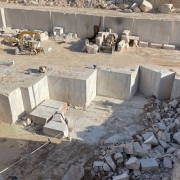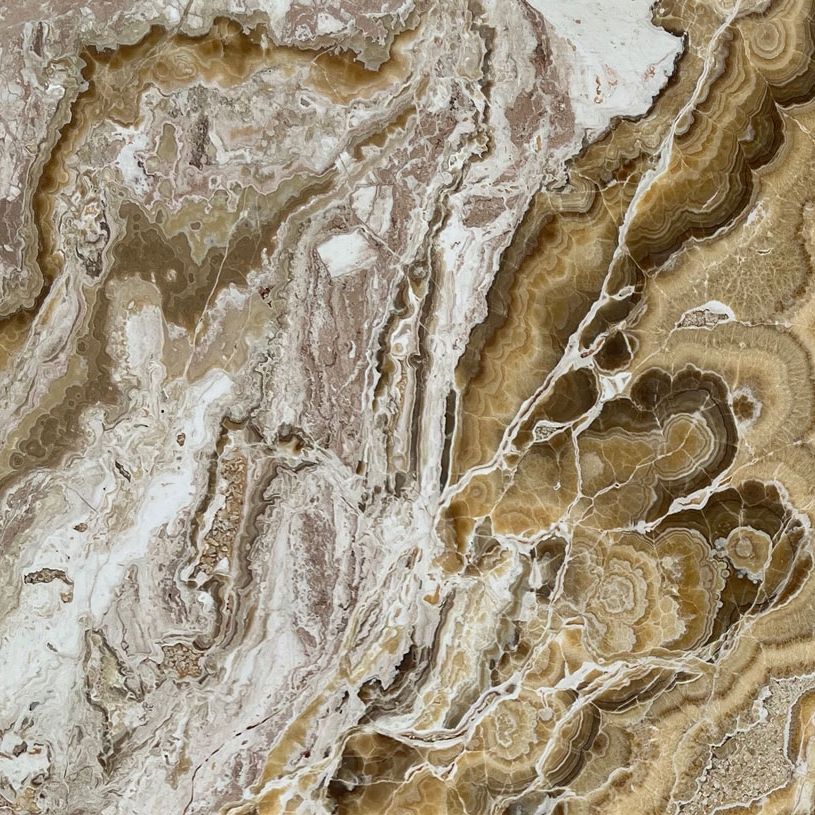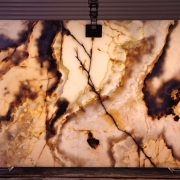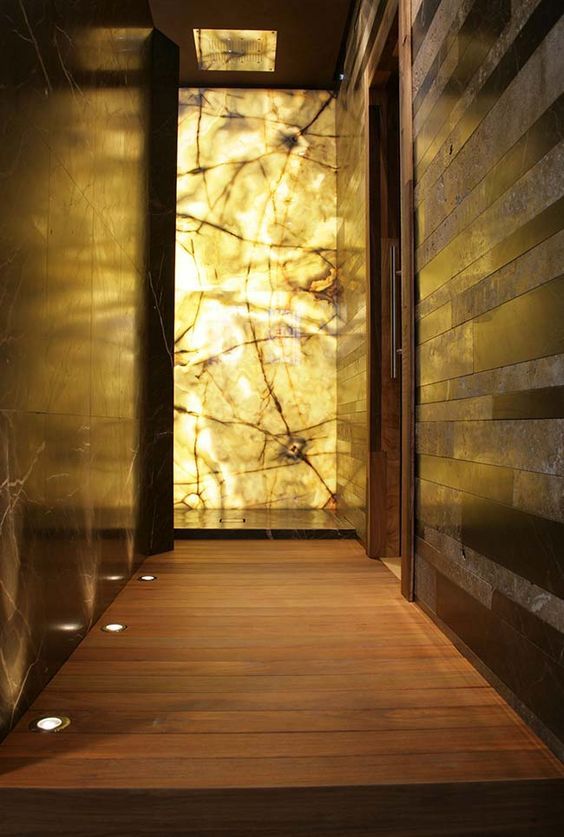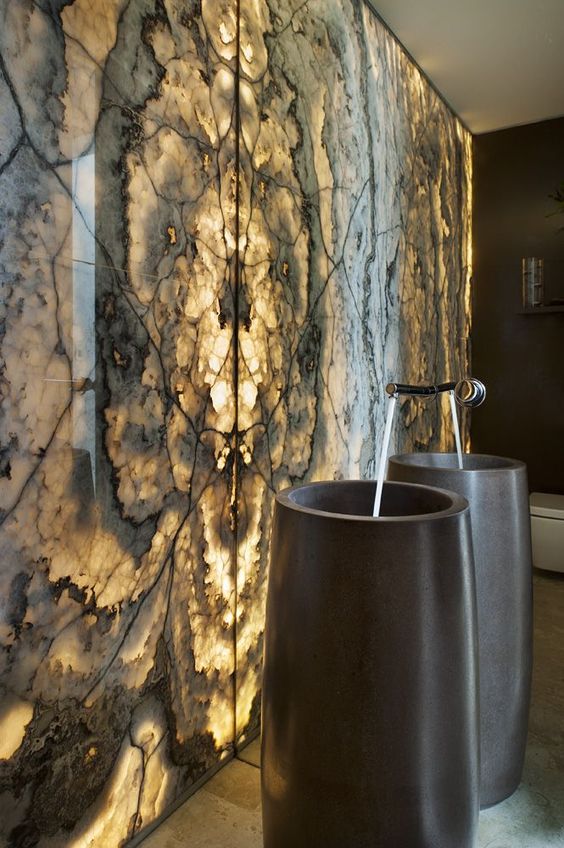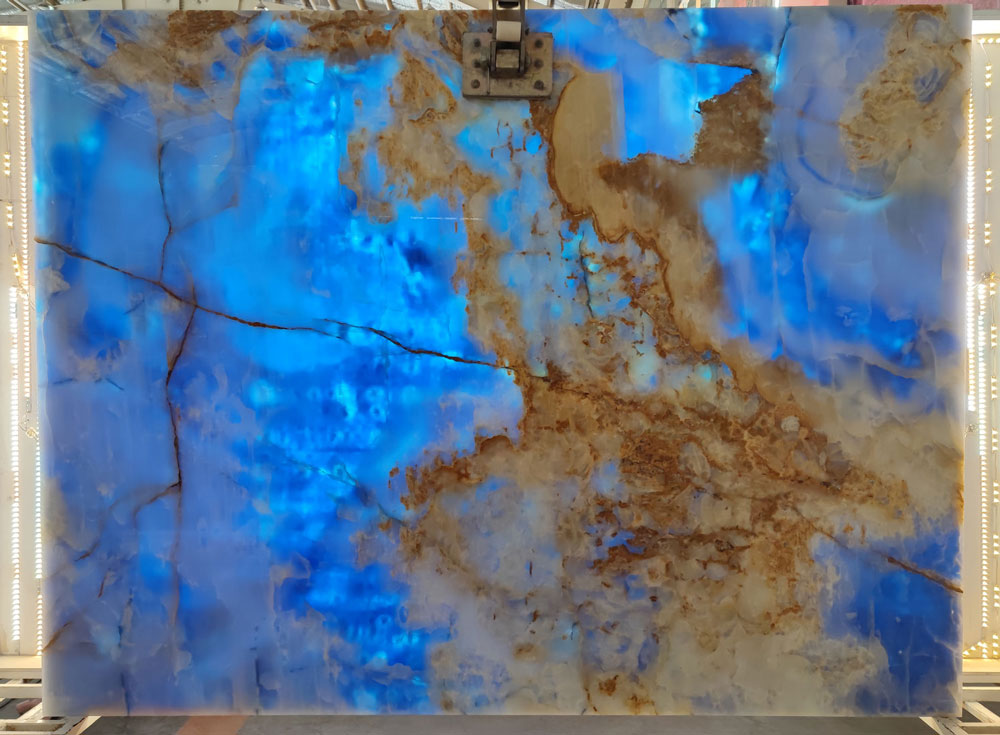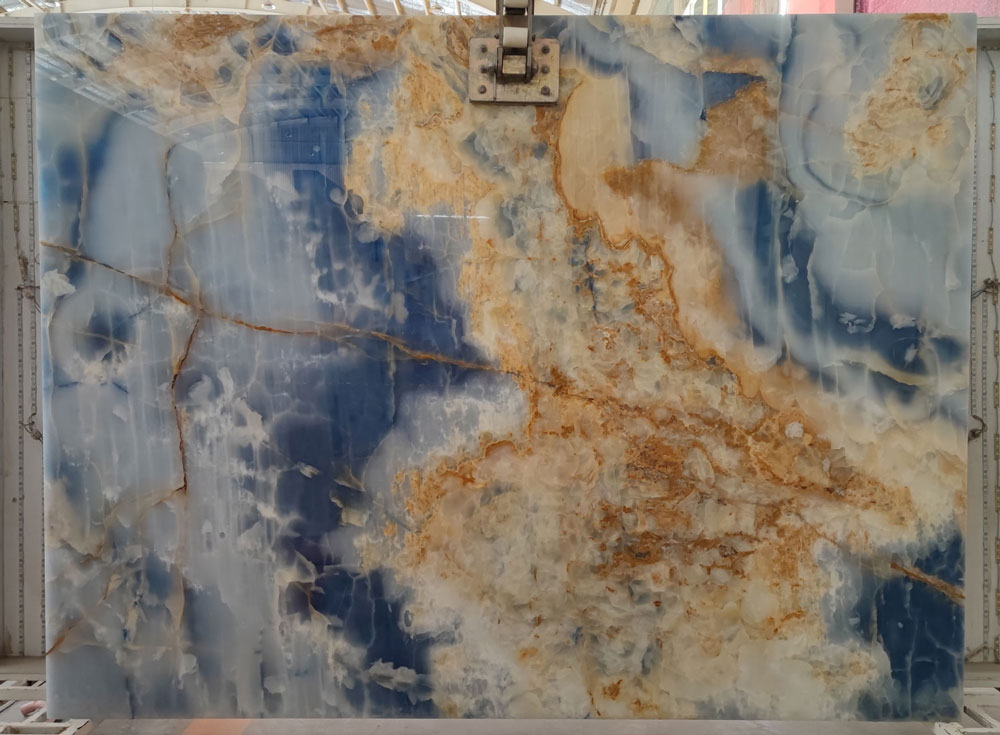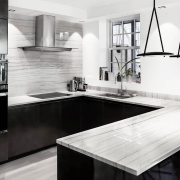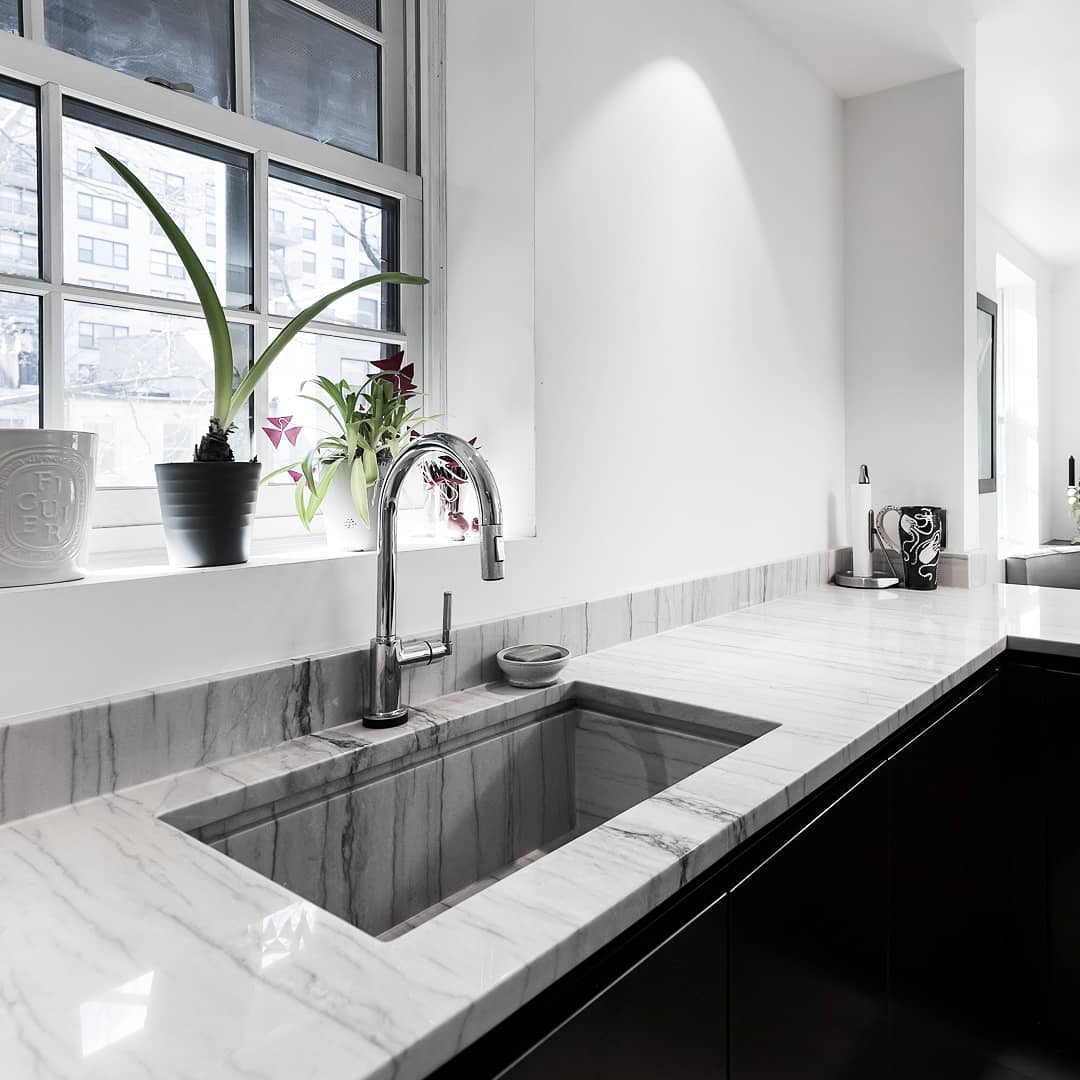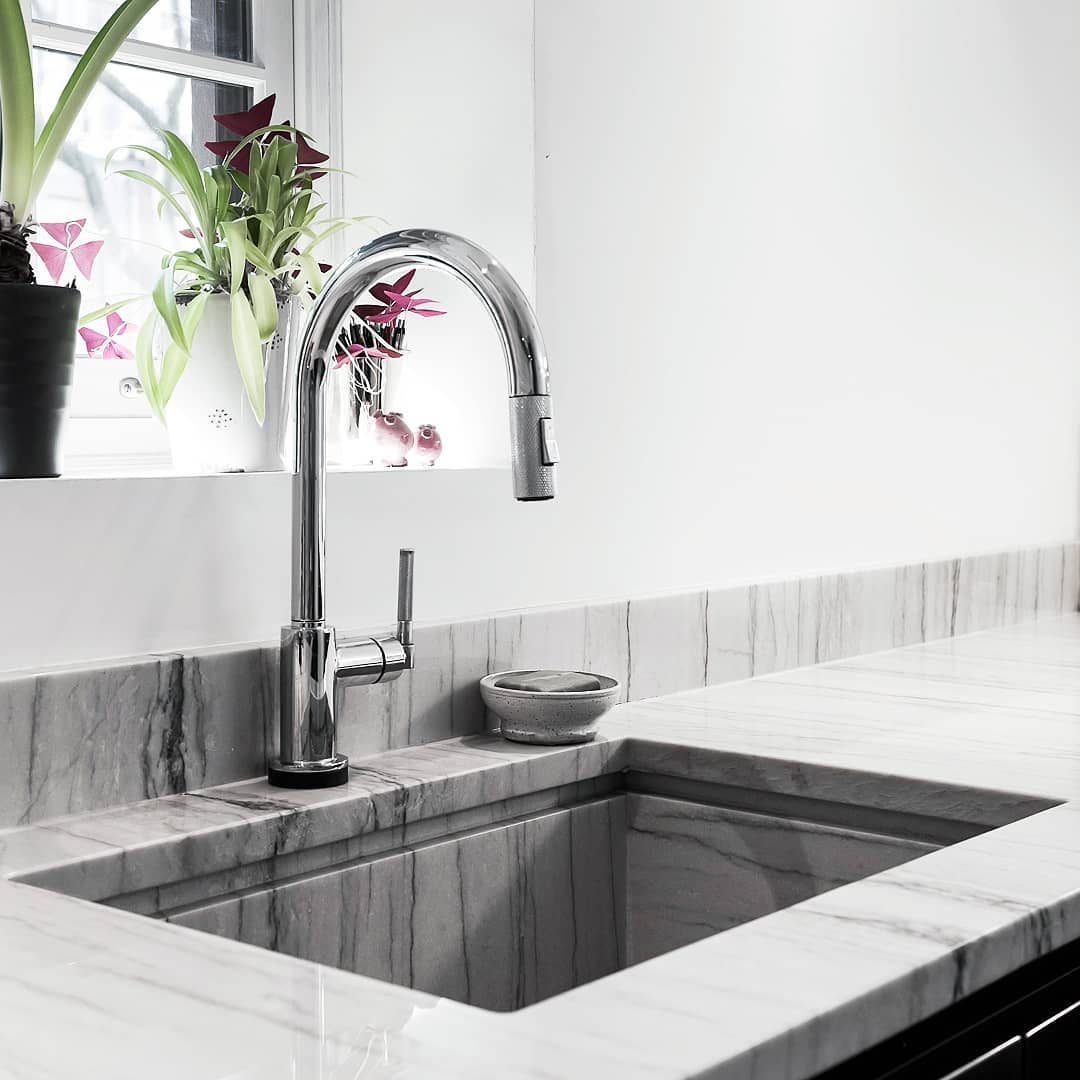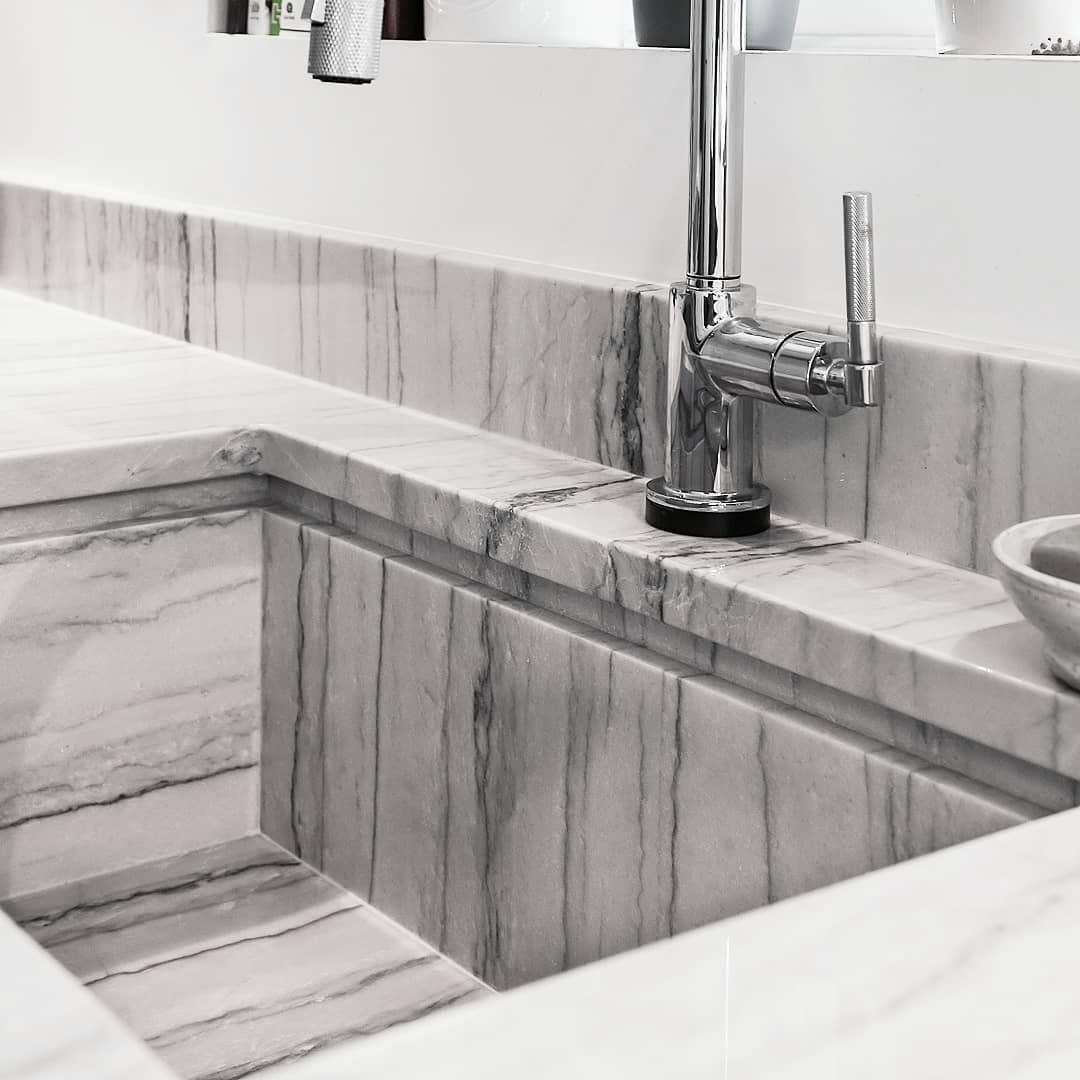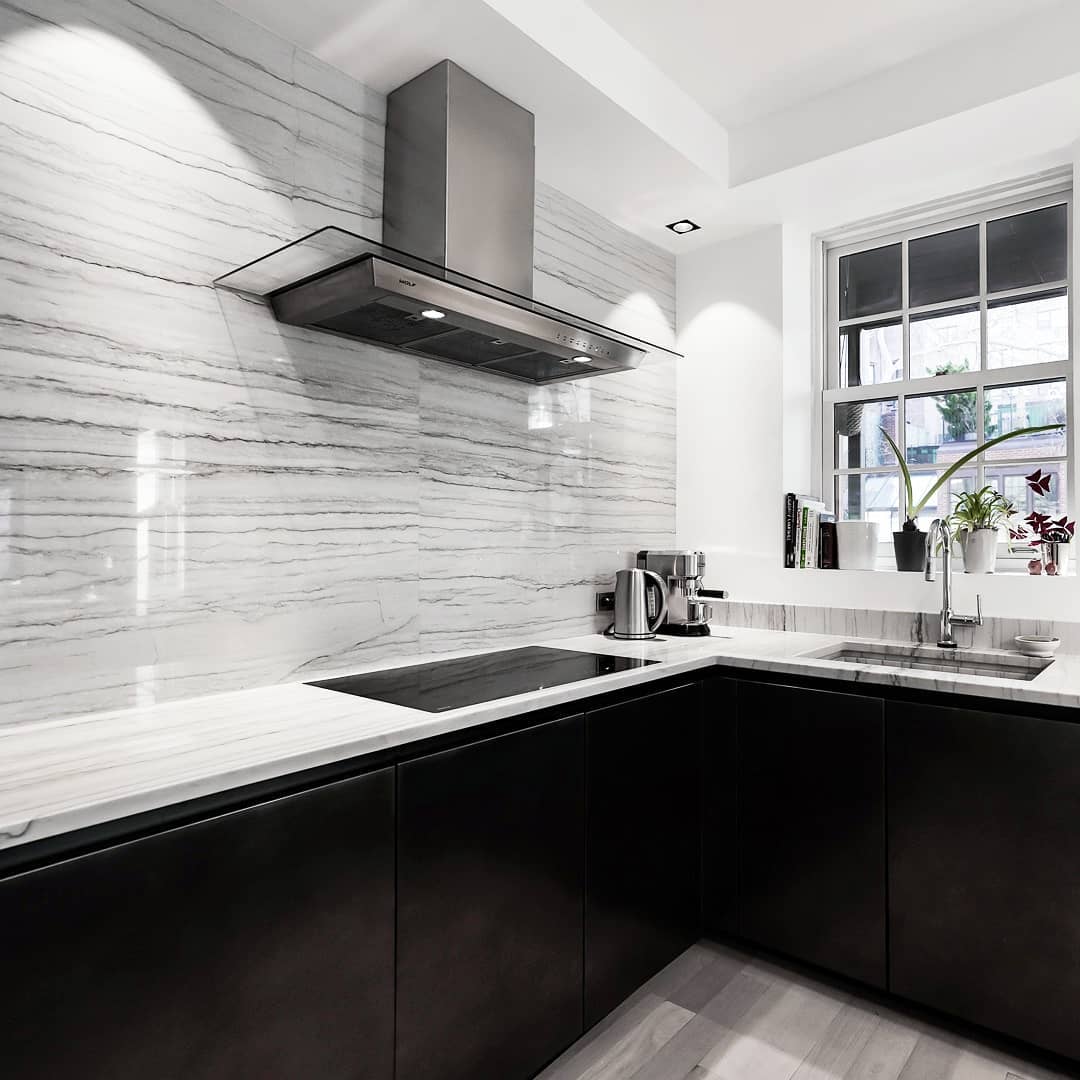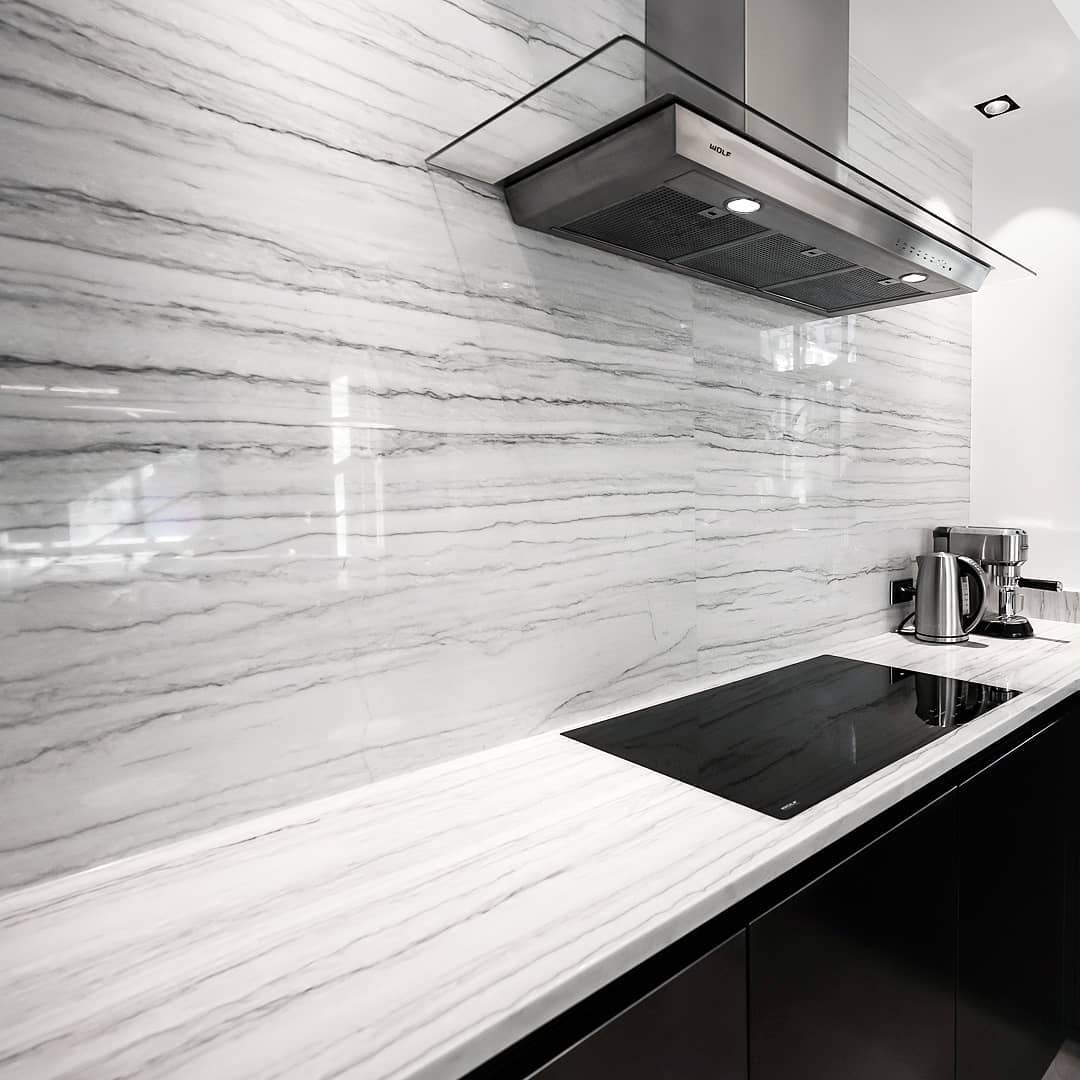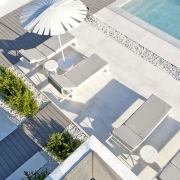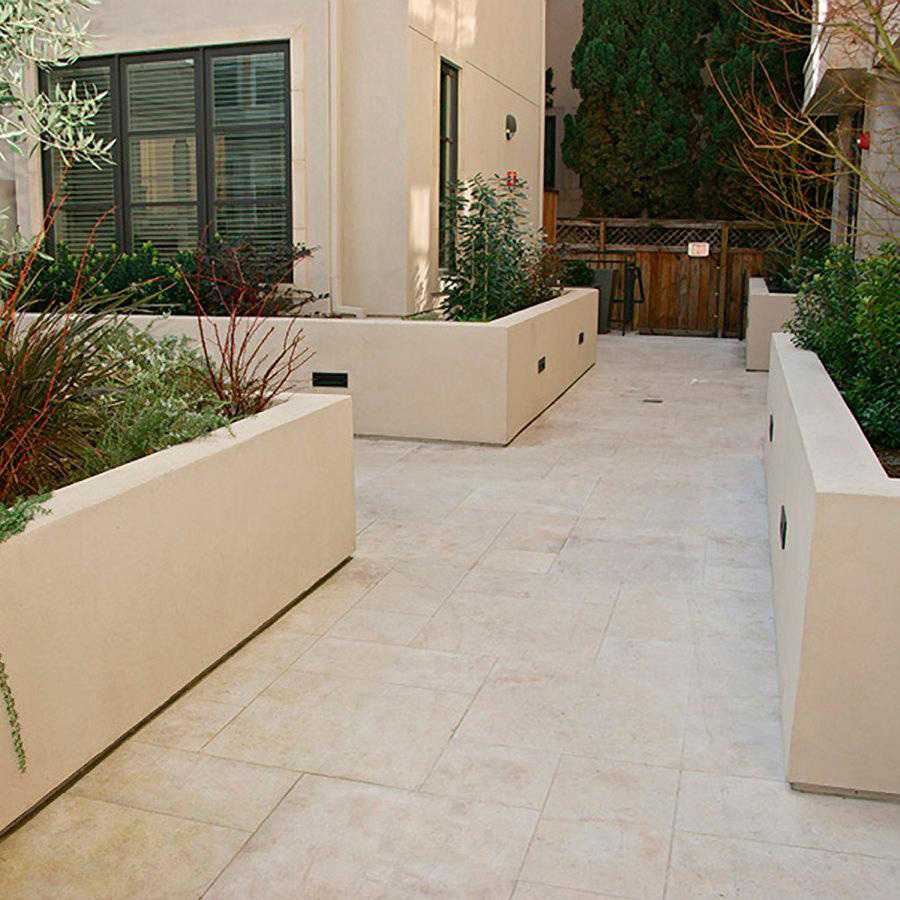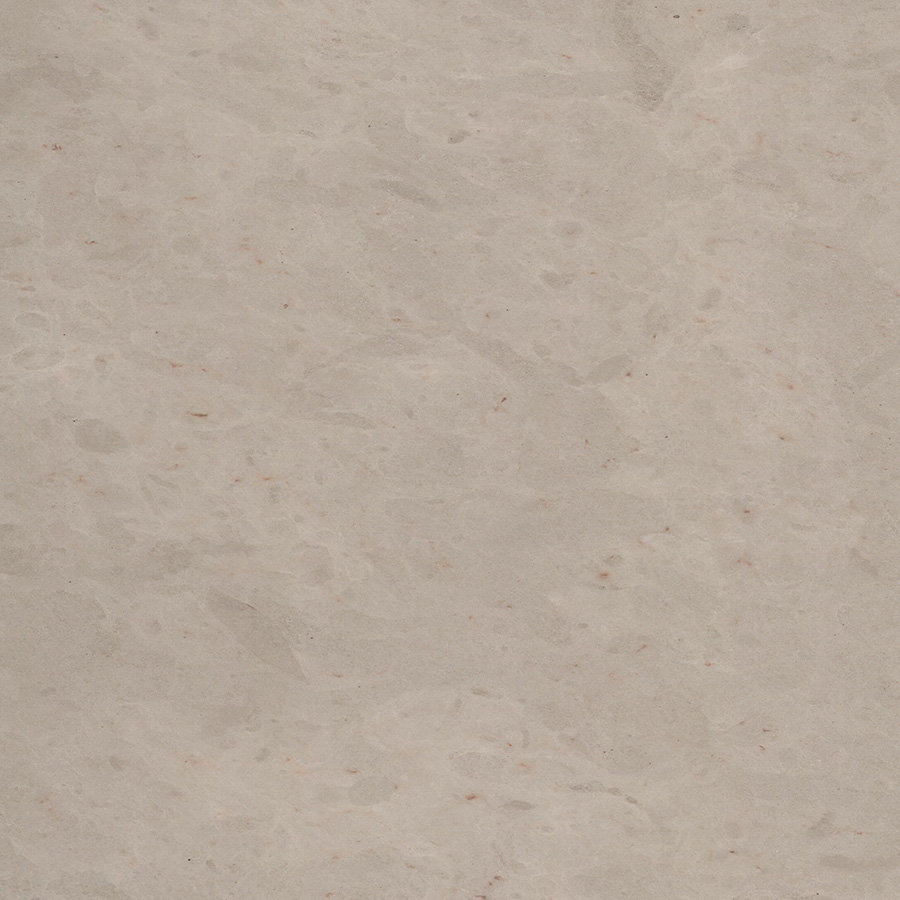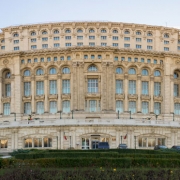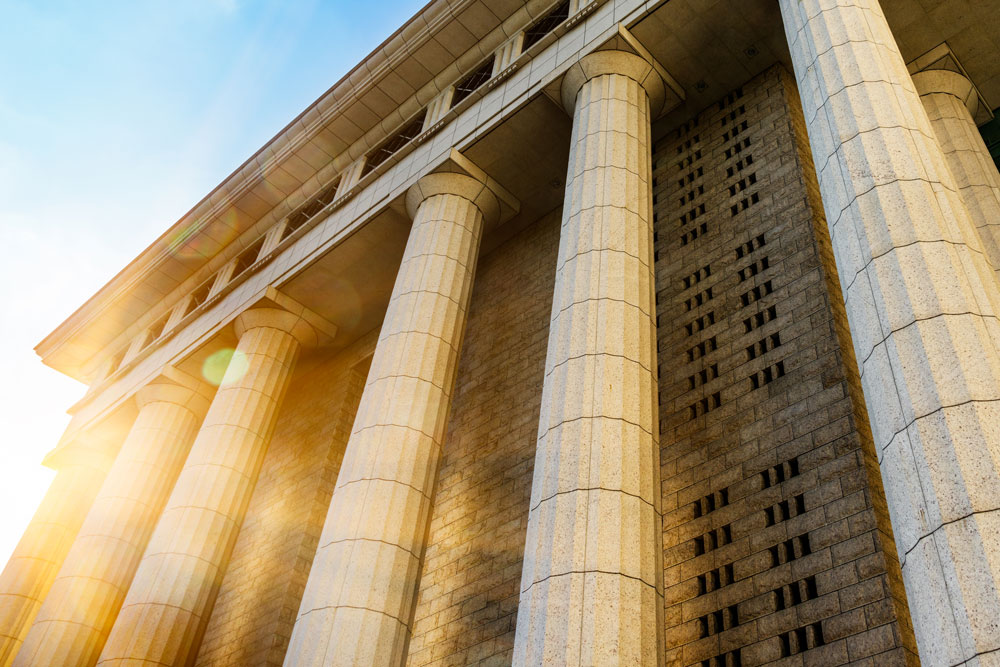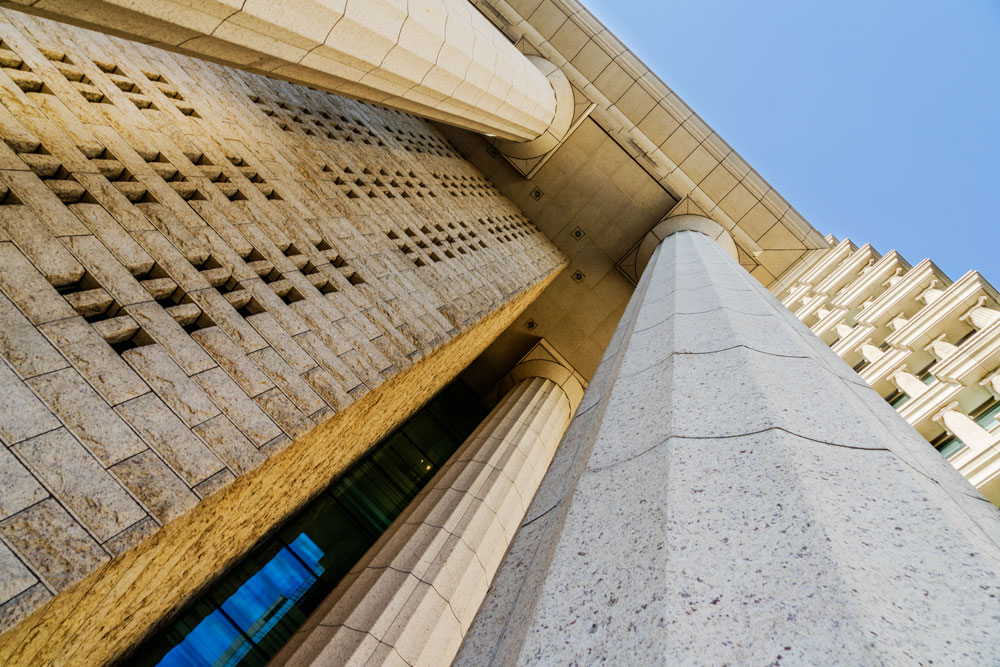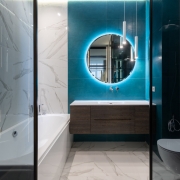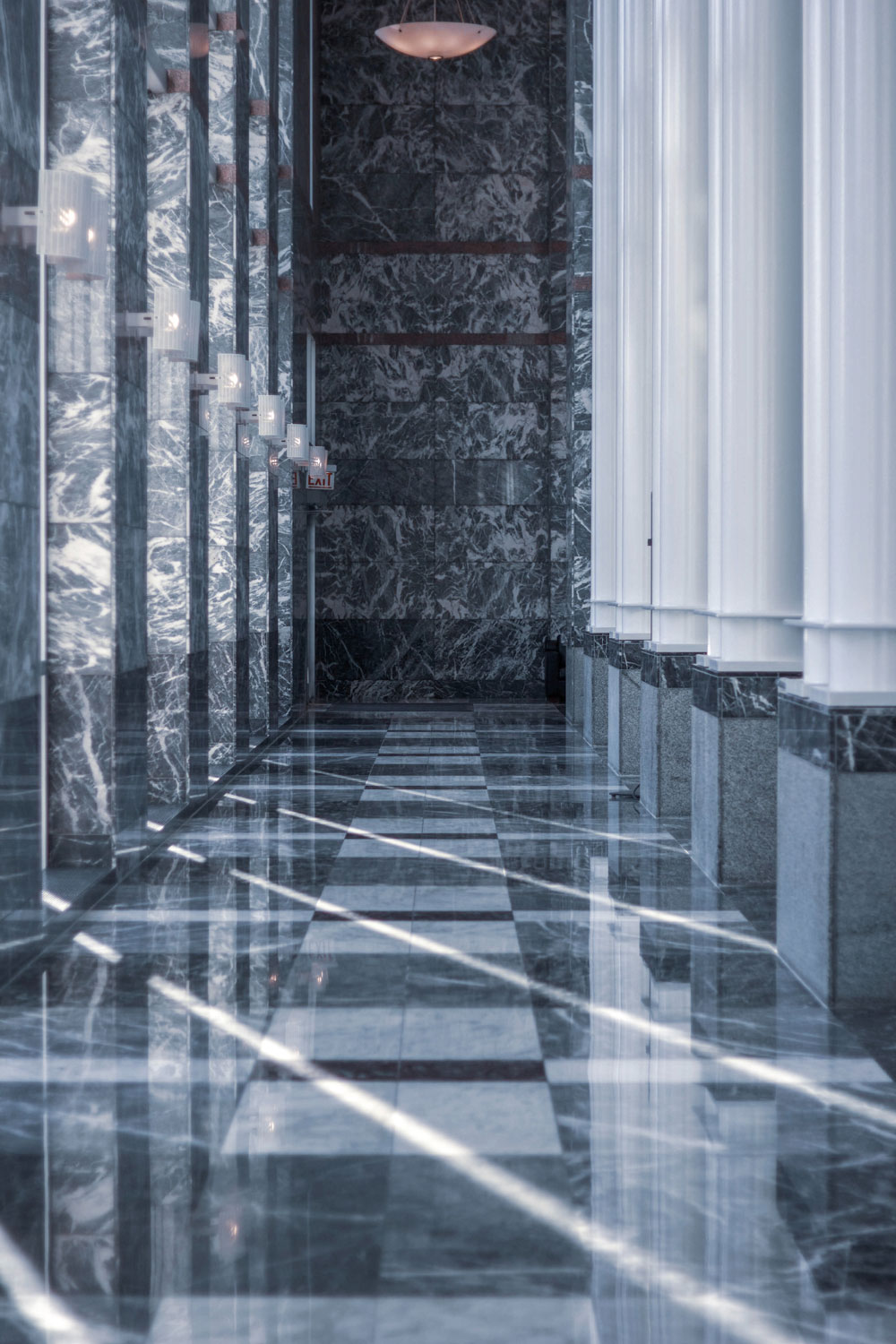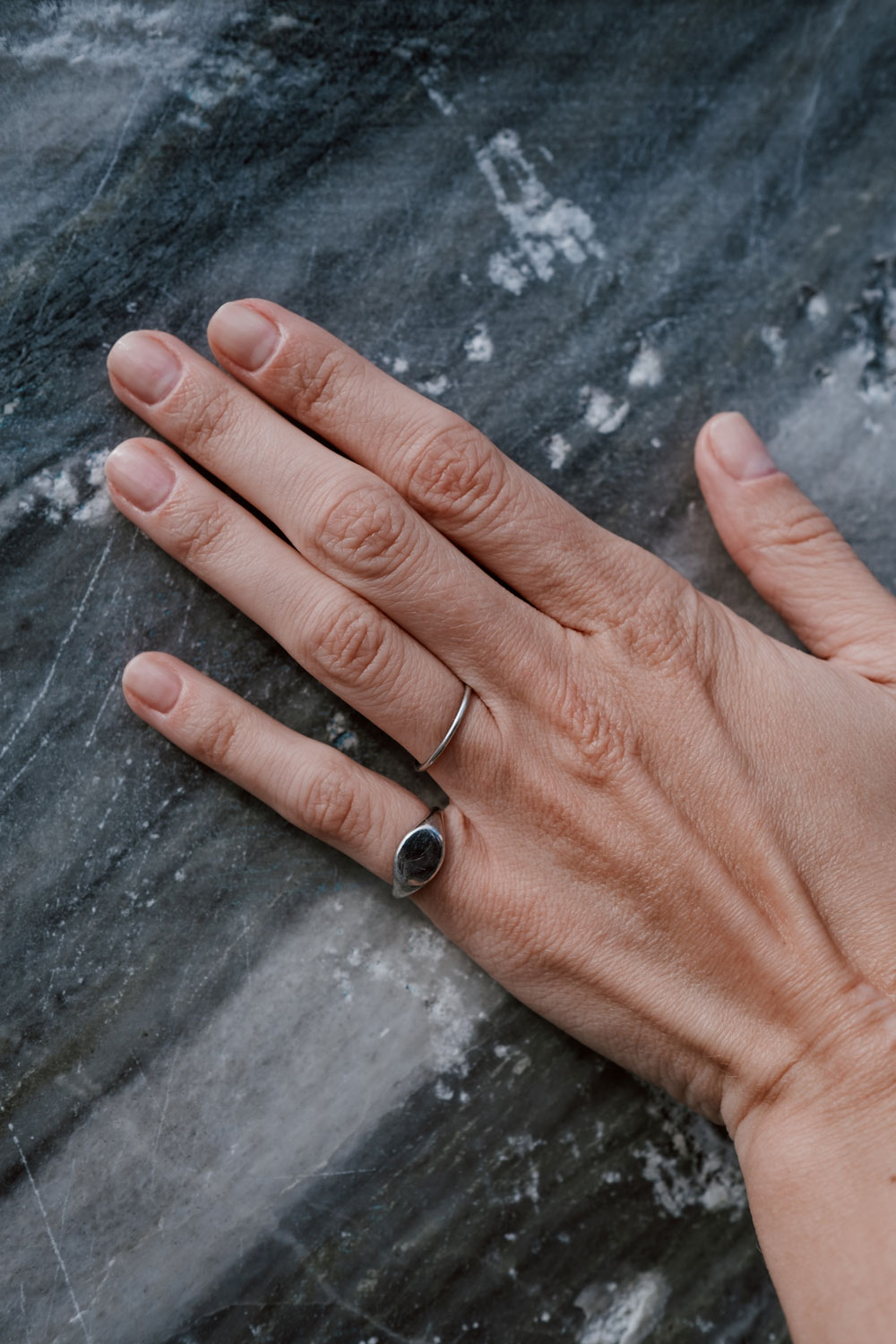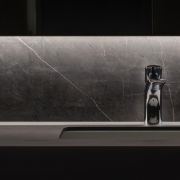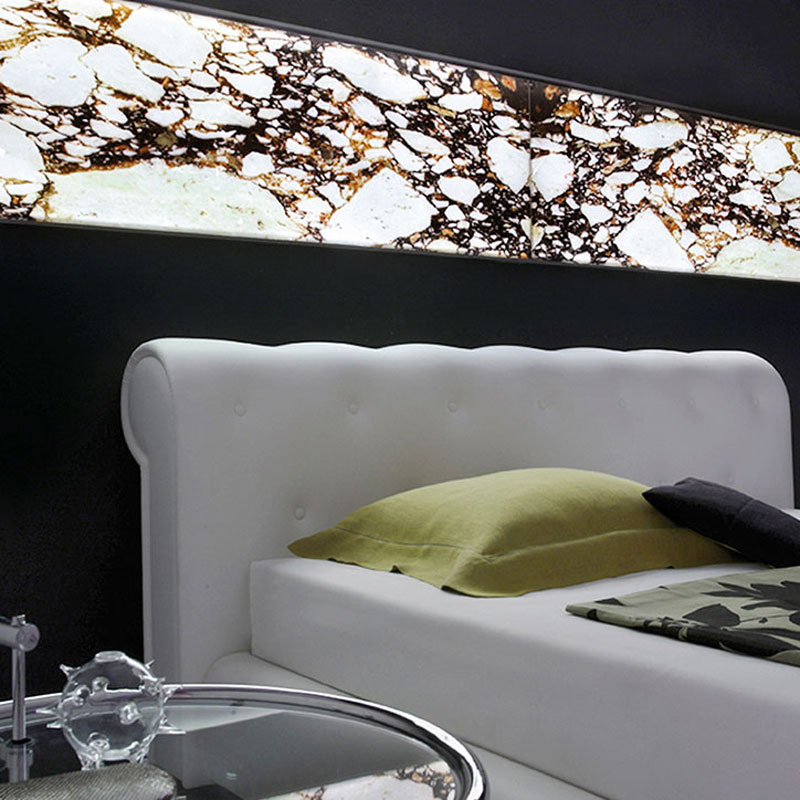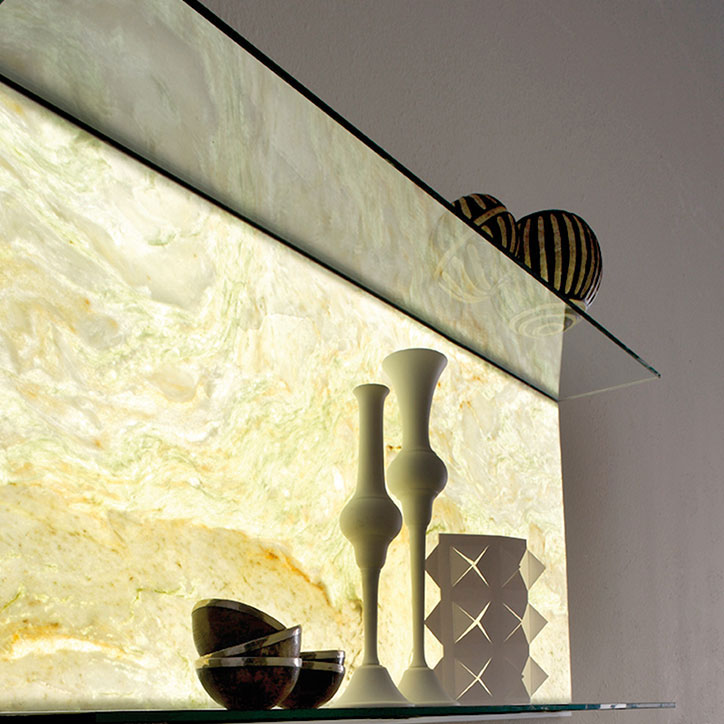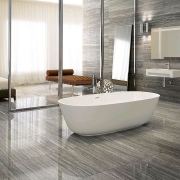Stone Mining in Iran
Stone mining in Iran is about many years ago. The use of stones in the construction of old buildings is also very popular, which can be seen in the buildings of Persepolis. Also, old buildings that are buried in the soil also show the ancient use of stones in decoration of the buildings.The act of Extraction, exploration, cutting, transportation, cutting and consumption of facade and building stones were done in the traditional way and over time many improvements have been made in these fields. Qanbar Rahimi, who is known as the Lord of Qanbar, is known as the father of Iran’s stone industry due to his services in the field of discovering mines and extracting faceted and mineral stones. Arbab Qanbar was born in Soh village of Isfahan and discovered large mines such as Josheghan and Abbas Abad mines. Currently, the statue of this great man is displayed in one of the squares in Italy.
Stone extraction technology in Iran
In the past, due to the lack of information on the extraction of building stones and basic tools, the extraction of stones was a time-consuming and hard work, and mines close to the surface of the earth and open-pit mines were usually used, and the extraction of stones was done manually, but With the passage of time and in the present era, many improvements have been made in this field, special devices are used for stone extraction, it is also possible to extract underground rocks, and the extraction of stones has become easier and faster.
The age of building stones
The history of stone mining in Iran, or in other words, the age of using stone to build shelters, goes back to many years ago, and the observation of works such as the Egyptian pyramids as well as historical monuments in Iran has made historians estimate the age of using stones 12,000 years ago. Since the Neolithic and Paleolithic eras, when people were not familiar with iron, they used stones to build shelters, and over time and with more awareness of people, the form of using stones changed and became today’s forms. The use of large and attractive decorative stones in building construction began, and the advancement of technology reduced the weight of stones, polished their surface, and thus increased their beauty and durability.
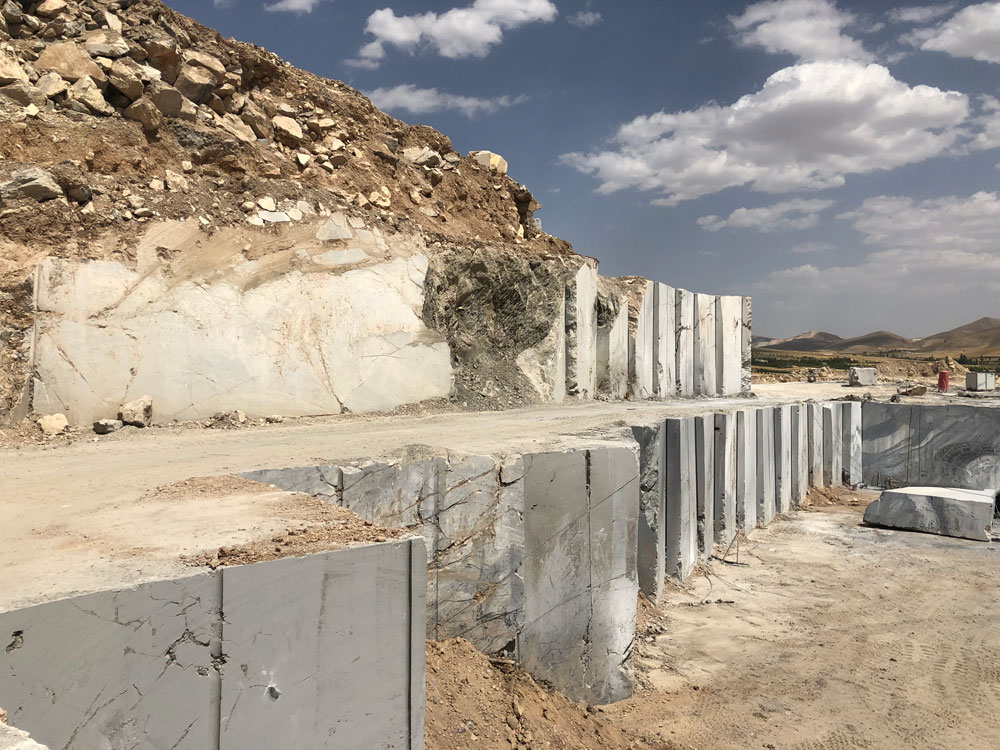
What are stone mines?
Stone quarries refer to a place where stone, aggregate, granite, rubble, slate, and sand are extracted from the ground. Among the stones extracted in mines, we can mention marble stones and slab stones .
All kinds of mined building stones
Today, many stones are extracted from Iran’s mines, among which the most famous ones are:
Granite
Granite stone is one of the igneous stones, which is considered the most common building stone. These stones are available in red, brown, black, chocolate, green, blue and pink colors and can be easily coordinated with other elements in the building. Granite stones have low water permeability and have high resistance.
Travertine
Travertine is one of the sedimentary stones that is used to design the decoration of buildings. These stones are available in cream, gray and white colors and give a unique charm to the building. Travertine stones are often used for modern and classic facades. The high resistance of travertine stones has led to the use of this product in the exterior of the building.
Onyx
onyx stones are among the limestones that have a uniform surface with various veins. These stones are sold in red, white, yellow, green, purple and gray colors. onyx stones are very popular due to their low cost and high resistance and have attracted many buyers in the market.
Marble stone
Marble is another limestone that has many fans among construction engineers. These stones have a fine and crystalline texture and have different designs and colors that can be purchased according to the taste and decoration of your building.
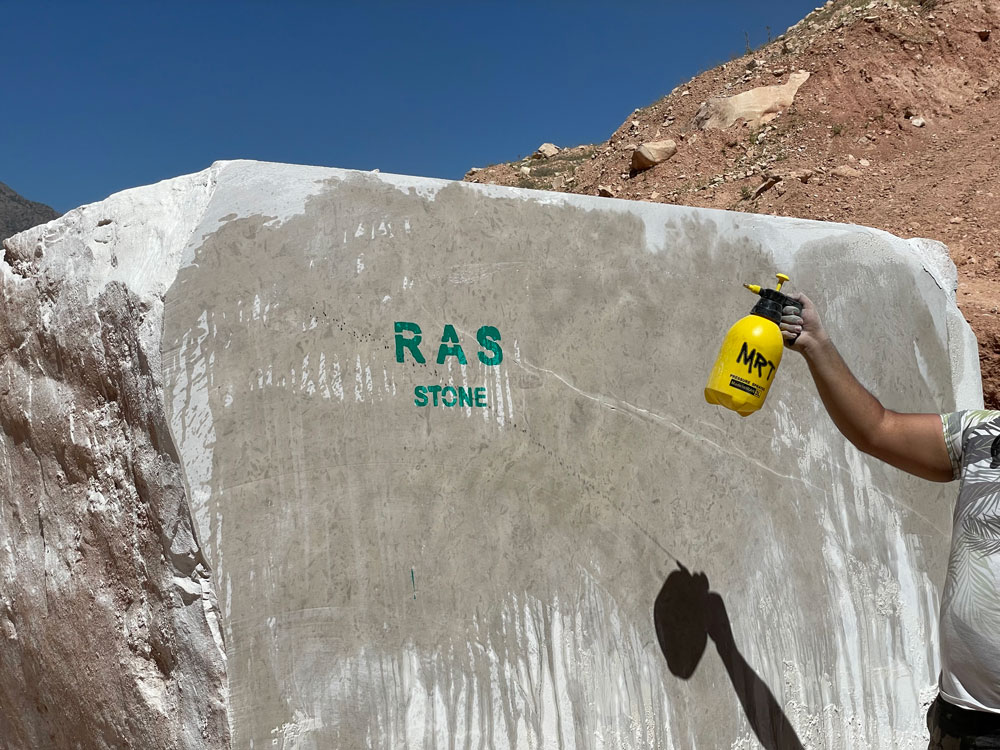
Slab stone
Slab stones are one of the best and most popular building stones. These stones are completely natural and due to the absence of pollutants in them, it is considered the most suitable stone for building facades, especially kitchens. The slabs are fireproof and resistant to fire. These stones can be used in the walls and floors of the building.
Stones in different types, with different textures and colors are one of the natural components that are used for building construction in Iran. Today, slab-like stones, granite slabs, marble slabs are used to make the home space more beautiful. Each stone has unique characteristics that make it possible to use them for various purposes.
One of the types of stones is travertine, which is considered an inexpensive stone, has a variety of colors, and is mostly used outdoors. Travertine stone is very similar to marble stone, but they are less resistant than it. From the combination of two stones, marble and travertine, thermite stone is formed, which has more lime and less weight.
Marble is one of the most beautiful stones, which is one of its most important features. These stones have various designs and colors. Among its types, we can mention porcelain stone, onyx stone, and traonyx stone, which is created by combining onyx stone with travertine. Marble and Sabbat limestone have less weight and strength than granite stones.

